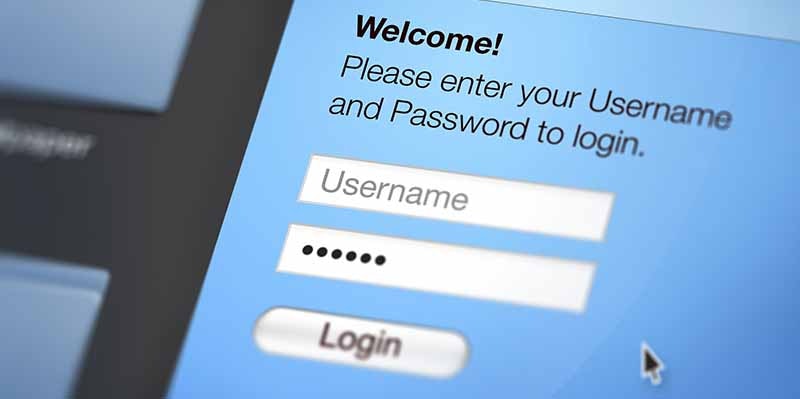
Cyber attackers make it their goal to access and compromise your systems. They will target the accounts of those within your organization through phishing, spam, or malicious websites in order to put themselves on your system, obtain privileged access, and steal your data. With privileged access in hand, an external attacker essentially becomes an insider.
In a recent webinar emphasizing the protection of privileged credentials, Nick Cavalancia, Founder and Chief at Techvangelism provided expert advice on:
- How to stop attackers from getting in and obtaining a foothold in the first place
- What you can do to stop attacks if they happen to breach your perimeter
Knowing the Phases of a Cyber Attack Helps You Break Them
The cyber attack kill chain provides a model for understanding the common attack steps and how to break, or “kill” an attack at each link in the chain. The original cyber attack kill chain model was developed by Lockheed Martin. In 2017, BeyondTrust published an updated model, The Cyber Attack Chain, that zeroes in on the role privilege and vulnerabilities play in modern cyber attacks, and how to manage and control these aspects to condense the attack surface and stop lateral movement and privilege escalation.
Cavalancia finds it useful to think of the cyber kill chain as segmented into two main parts:
- The Intrusion Kill Chain, which includes delivery, reconnaissance, command and control, installation, and weaponization.
- The Horizontal Kill Chain, which consists of entry, authentication, control, persistence, stealth, and lateral movement; the point at which the attacker compromises the system.
Let’s take a closer look at the components of these attack phases as put forth by Cavalancia.
1) Intrusion Kill Chain
- Delivery: Hackers typically try to exploit your system using phishing emails containing attachments or links, or through a compromised website, which they can exploit to install malware onto your machine.
- Reconnaissance: Once the malware is installed on your system, it observes your environment. After studying the environment, it may wait to execute in order to remain undetected.
- Command and control: Once in the environment, malware will typically connect to a command and control server to obtain a payload.
- Installation: After gaining access to the payload, the malware will install into an application.
- Weaponization: Now that the payload has been installed on one of your machines, the machine has become weaponized and has access to your environment.
2) Horizontal Kill Chain
- Entry, authentication, control, persistence, stealth: Malware starts examining the machine of the logged-on user to obtain more information on what credentials have access to on the endpoint. The malware then looks to obtain local admin rights. The malware attempts to gain elevated privileges to maintain persistence on the machine and run in stealth mode to remain undetected.
- Lateral movement: Malware will continue to jump between your machines, until they obtain enough credentials and privileges to gain access.
Dismantle cyberattacks each step of the way using BeyondTrust solutions for Privilege and Vulnerability Management. learn how
Preparing the Defense against Cyber Attacks
According to the 2018 Verizon Data Breach Report, compromised credentials are the number one method used in breaches. Credentials may be stolen via a variety of password attack methods, such as a keystroke logger, or guessing common passwords. Credentials can also be obtained through phishing or social engineering.
There are proven steps you can take to protect your credentials. “Your goal should be to make your attack surface; your endpoints and credentials, as small as humanly possible,” Cavalancia says. Attackers are becoming increasingly skilled at getting access to privileged accounts. By implementing clever tactics like forging emails from trusted sources or websites, attackers are swaying you to click, so you should always be on guard.
With the cyber attack chain steps and at-risk credentials top-of-mind, Cavalancia proposes breaking down key data protection priorities as follows:
- Strengthen your endpoint security: Implement anti-virus solutions, endpoint protection, and use tools that watch and flag malware that may infiltrate your network.
- Enforce least privilege access: Separate your normal accounts from your admin ones, assign risk scores to your users to find the accounts most susceptible to attack, and apply the principle of least privilege.
- Manage and monitor credentials: Examine your credential access and usage. You can implement privileged access management (PAM) using password rotation to help manage accounts without storing passwords or allowing a single password to be shared among multiple people and accounts. Credential management and monitoring will also help you limit where access can be used. Utilize privileged session management, which creates sessions for you, without providing a password and only allows you access to that one privileged task.
Interested in learning more about how to condense your attack surface and reduce cyber risk through better credential management and other IT security best practices? Watch Nick’s full webinar on-demand here.

Scott Lang, Sr. Director, Product Marketing at BeyondTrust
Scott Lang has nearly 20 years of experience in technology product marketing, currently guiding the product marketing strategy for BeyondTrust’s privileged account management solutions and vulnerability management solutions. Prior to joining BeyondTrust, Scott was director of security solution marketing at Dell, formerly Quest Software, where he was responsible for global security campaigns, product marketing for identity and access management and Windows server management.








